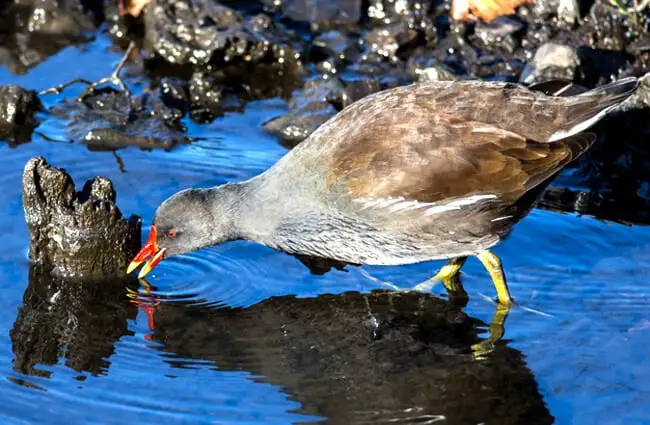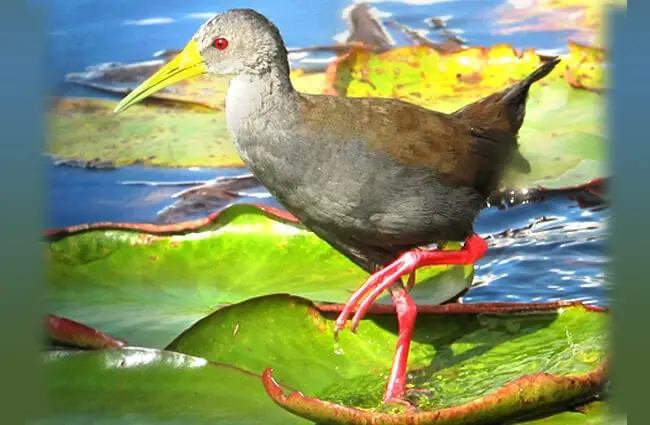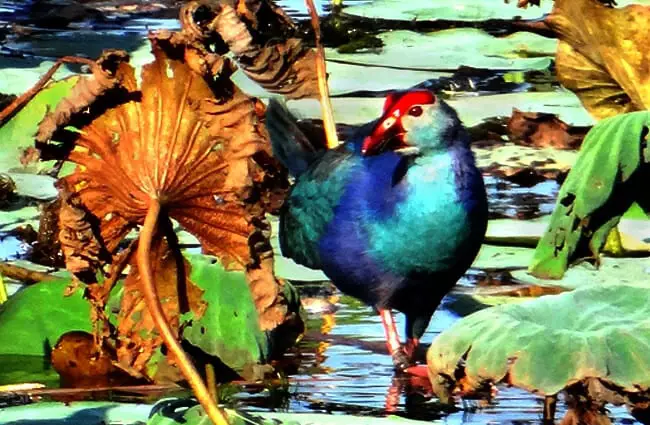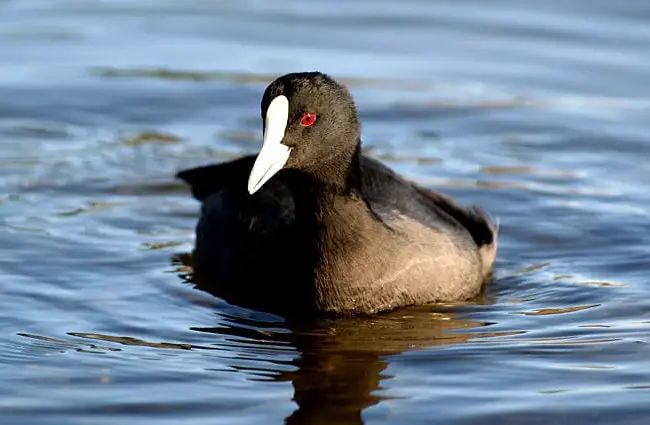Rails represent a fascinating and often overlooked group of birds, distinguished by their secretive nature and unique adaptations to wetland environments. Belonging to the family Rallidae, these medium to small sized birds are found across the globe, exhibiting a remarkable diversity in appearance and behavior. This guide delves into the world of rails, exploring their biology, ecology, and interactions with both the natural world and humankind.

What is a Rail?
Rails are generally characterized by their laterally compressed bodies, which enable them to navigate dense vegetation with ease. They possess strong legs and feet, perfectly adapted for walking, running, and swimming. Their bills are typically slender and pointed, ideal for probing mud and vegetation for food. While many species exhibit cryptic coloration, blending seamlessly with their surroundings, others, like the Purple Swamphen, boast vibrant plumage.
Habitat and Distribution
Rails are globally distributed, inhabiting a wide range of wetland environments. These include marshes, swamps, mangroves, bogs, and even some tropical rainforests. The specific habitat preference varies depending on the species; some rails favor freshwater habitats, while others thrive in brackish or saline environments. North and South America, Europe, Africa, Asia, and Australia all host diverse rail populations. The presence of dense vegetation cover is a key requirement, providing both food and protection from predators.
Diet and Foraging Behavior
Rails are omnivorous, with a diet that varies seasonally and depending on the availability of resources. They feed on a variety of invertebrates, including insects, snails, crustaceans, and worms. Plant matter, such as seeds, roots, and leaves, also constitutes a significant portion of their diet, particularly during certain times of the year. Rails are skilled foragers, employing a variety of techniques to locate and capture prey. They probe the mud with their bills, glean insects from vegetation, and even swim underwater in pursuit of aquatic invertebrates.
Life Cycle and Reproduction
Rails are generally monogamous, forming pair bonds that may last for several seasons. The breeding season varies depending on the species and geographic location, but typically occurs during the warmer months. Rails build nests on the ground, often concealed within dense vegetation. Nests are typically constructed from reeds, grasses, and other plant materials.

Nesting and Chick Rearing
A typical clutch consists of between six and fifteen eggs, which are usually creamy or pale brown in color. Both parents participate in incubation, which lasts for approximately two to three weeks. Upon hatching, the chicks are covered in downy plumage and are initially unable to swim or feed themselves. The parents provide food for their chicks by regurgitating partially digested insects and other invertebrates. Chicks become fledged, meaning they develop the ability to fly, usually within a few weeks.
Evolutionary History
The evolutionary history of rails is complex and spans millions of years. Fossil evidence suggests that the family Rallidae originated in the Paleogene period, with the earliest known rail fossils dating back to approximately 50 million years ago. The family has undergone significant diversification over time, with different lineages adapting to a variety of ecological niches. The ability to disperse long distances, including over water, has likely played a key role in the family’s widespread distribution. The presence of rails on isolated islands is a testament to their dispersal capabilities. Interestingly, some island populations have undergone significant evolutionary changes, resulting in flightless species, such as the Weka of New Zealand.
Ecological Role and Interactions
Rails play an important role in wetland ecosystems, acting as both predators and prey. They help to regulate populations of invertebrates and small fish, while also serving as a food source for larger predators, such as birds of prey, snakes, and mammals. Rails are also important seed dispersers, contributing to the diversity and health of wetland vegetation.
Interactions with other Animals
Rails often coexist with other wetland birds, such as ducks, herons, and shorebirds. They may compete for resources, but the presence of these species can also create opportunities, such as stirring up invertebrates that become easier for rails to capture. Rails are also known to engage in kleptoparasitism, stealing food from other birds.

Rails and Humans
Throughout history, rails have been both utilized and persecuted by humans. In some cultures, they have been hunted for food or their feathers. However, they are more often appreciated for their aesthetic beauty and ecological value. Sadly, many rail populations are currently threatened by habitat loss, pollution, and invasive species.
Conservation Status and Threats
The conservation status of rails varies depending on the species. Several species are listed as endangered or vulnerable by the International Union for Conservation of Nature. The primary threats to rail populations include habitat loss and degradation, primarily due to wetland drainage and conversion for agriculture and development. Pollution from agricultural runoff, industrial discharges, and other sources also poses a significant threat. Invasive species, such as rats, cats, and introduced fish, can prey on rails or compete with them for resources. Climate change, with its associated sea level rise and altered weather patterns, is also expected to exacerbate these threats.
Encountering Rails in the Wild
Rails are secretive birds, often difficult to observe in the wild. The best time to see rails is during the breeding season, when they are more vocal and active. Look for them in dense vegetation along the edges of marshes, swamps, and other wetlands. Binoculars are essential for spotting these elusive birds. If you are lucky enough to encounter a rail, observe it from a distance and avoid disturbing its habitat.
Caring for Rails in Captivity
For zookeepers and aviculturists, caring for rails requires a thorough understanding of their natural history and specific needs. Rails require spacious enclosures that mimic their natural wetland habitats. Enclosures should include a mix of open water, mud, and dense vegetation. Rails are active foragers, so it’s important to provide them with a variety of food items, including insects, crustaceans, seeds, and plant matter. Providing enrichment items, such as logs, branches, and live plants, can help to stimulate their natural behaviors. Maintaining strict hygiene standards is essential to prevent the spread of disease.

Rails are a fascinating and ecologically important group of birds. Their secretive nature and specialized adaptations make them a delight to observe and study. By understanding their biology, ecology, and conservation needs, we can ensure that these remarkable birds continue to thrive in the wild for generations to come.

![Red Angus Closeup of a beautiful Red Angus cowPhoto by: U.S. Department of Agriculture [pubic domain]https://creativecommons.org/licenses/by/2.0/](https://animals.net/wp-content/uploads/2020/03/Red-Angus-4-238x178.jpg)




![Red Angus Closeup of a beautiful Red Angus cowPhoto by: U.S. Department of Agriculture [pubic domain]https://creativecommons.org/licenses/by/2.0/](https://animals.net/wp-content/uploads/2020/03/Red-Angus-4-100x75.jpg)

